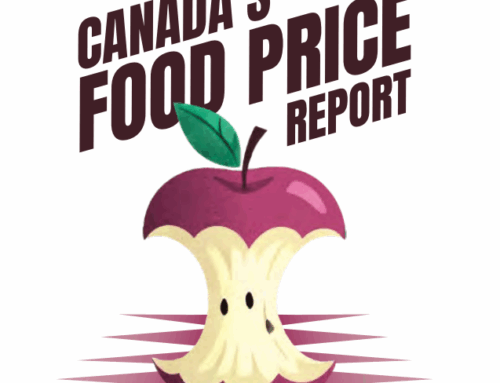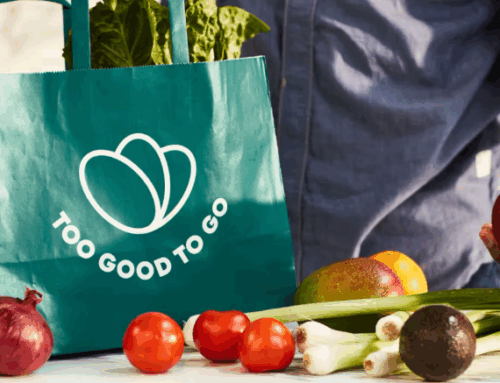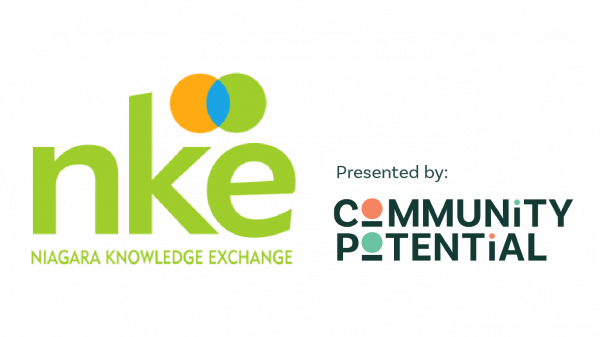Canada’s 4,750+ food banks are straining under historically high demand that crested to almost 1.5 million visits in March 2022 – up 35 per cent compared to pre-pandemic visits during the same time period in 2019. High inflation and a broken social safety net are key factors in deepening systemic inequities, especially for employed people earning low incomes, students, and seniors on fixed incomes. The Hunger Count report, first published in 1989, is the only national research study of food banks and other food programs in Canada.
In 2022, hunger is affecting vulnerable populations more than ever:
- Food bank use rose to the highest levels in Canadian history in 2022.
- Food bank clients who reported employment as their main source of income increased to 14.1 per cent in 2022 vs. 12.5 per cent in 2021.
- Seniors accessing food banks has increased to 8.9 per cent vs. 6.8 per cent before the pandemic.
- One-third of food bank clients are children (representing approximately 500,000 food bank visits in March 2022).
- Student visits to food banks increased to 7.1 per cent in 2022 vs. 4.7 per cent in the previous year.
- The top three reasons people accessed a food bank this year were due to food costs, low provincial social assistance rates, and housing costs.
- To create a Canada where no one is left behind, and no one goes hungry, Canada must adopt a dual approach to address the root causes of food bank use by addressing low incomes and poverty and the skyrocketing costs of living.
Published by: Food Banks Canada
Publication Date: October, 2022
Click here to access Hunger Count 2022
Click here to access Food Banks Canada Poverty Vulnerability Map (classified by federal electoral districts/ridings)






